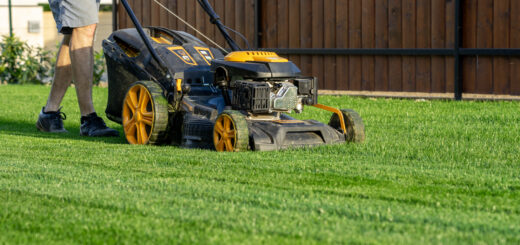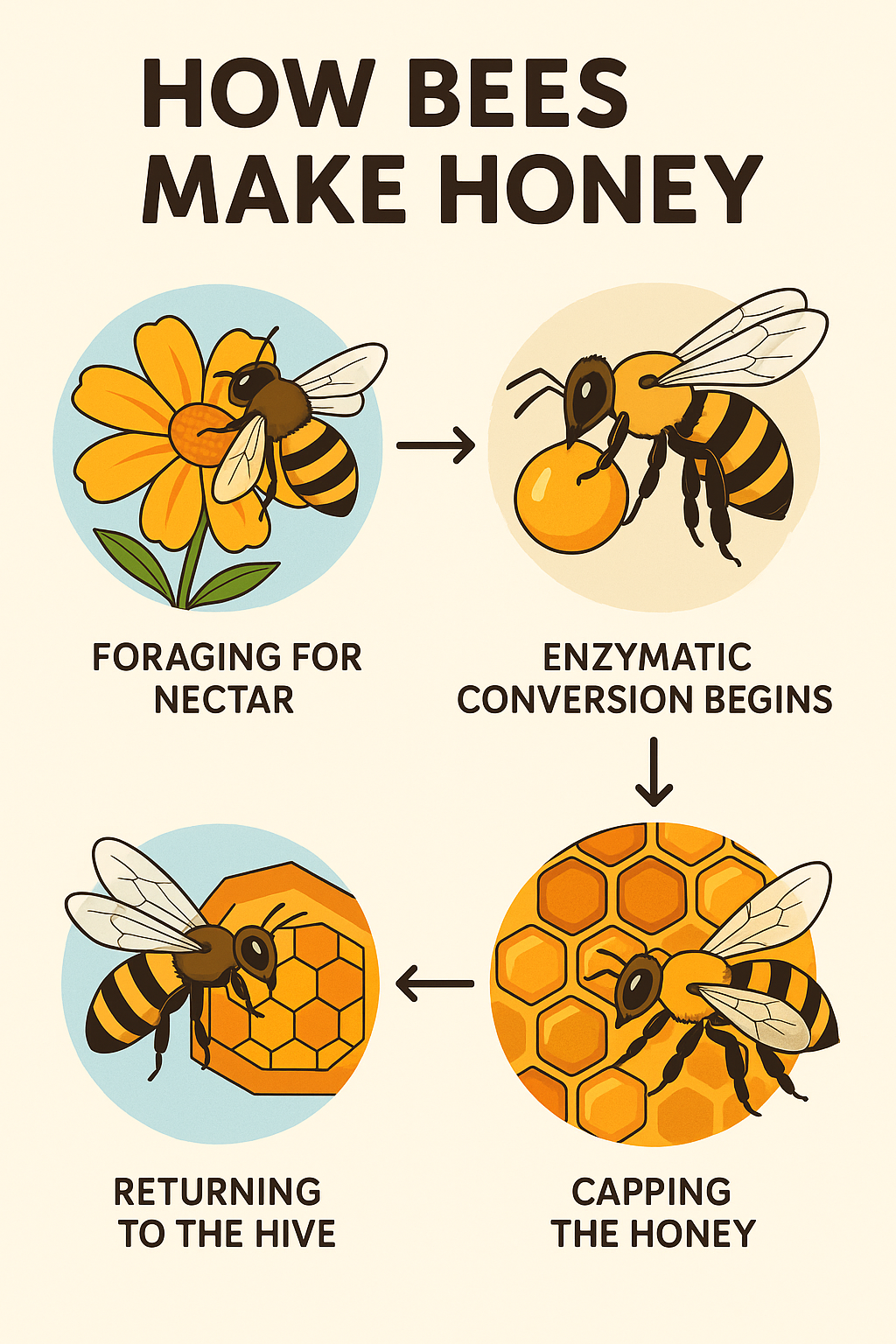Roles of Bees

Bees in a colony have specific roles or castes that work together to ensure the hive’s survival and success. The three main types of bees in a honeybee colony are Queen Bee, Drone Bees, and Worker Bees.
🐝 1. Queen Bee
The role of the queen bee is to be the reproductive leader of the hive. She lays up to 2,000 eggs per day during peak season. There is only one queen per hive (normally). She produces pheromones that regulate hive behavior and suppress worker reproduction. The queen cannot feed herself—she is fed and cared for by Nurse Bees.
🐝 2. Drone Bees (male bees)
The role of drone bees is to mate with a queen from another hive. They do not work (e.g. forage, clean, or defend). Mating occurs in mid-air during a “drone congregation flight”, and they die after mating. If they don’t mate, they are usually expelled from the hive before winter
🐝 3. Worker Bees (all female, non-reproductive)
The role of worker bees is to do all the day-to-day work in the hive. They take on different tasks at different ages (a process called age polyethism).
| Age (Days) | Role | Description |
| 1–3 | Cleaner bees | Clean cells and prepare them for eggs or nectar |
| 4–10 | Nurse bees | Feed larvae with royal jelly and bee bread |
| 11–15 | Queen attendants | Groom and feed the queen; distribute pheromones |
| 12–18 | Wax producers | Produce wax and build/repair honeycomb |
| 15–20 | Honey processors | Dehydrate nectar and cap ripe honey |
| 18–22 | Guard bees | Defend the hive from intruders |
| 21+ | Forager bees | Collect nectar, pollen, water, and propolis (plant resin) |


